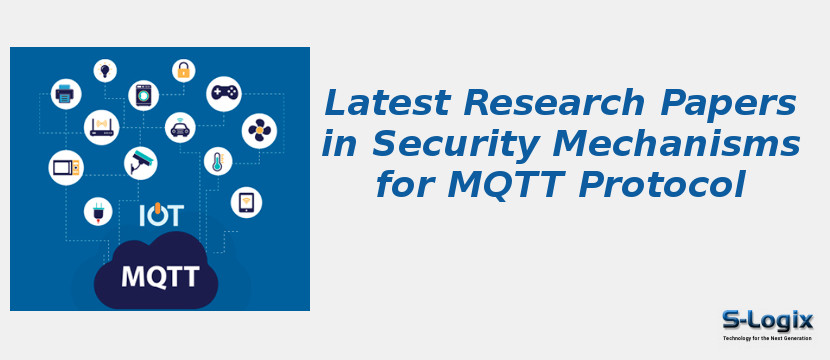Research papers in security mechanisms for the MQTT (Message Queuing Telemetry Transport) protocol focus on ensuring confidentiality, integrity, authentication, and availability in IoT and M2M communication while considering the resource constraints of devices. MQTT, being a lightweight publish-subscribe protocol designed for low-bandwidth and high-latency networks, does not include robust built-in security features, making it vulnerable to threats such as eavesdropping, message tampering, spoofing, replay attacks, denial-of-service (DoS), and unauthorized access. To address these challenges, researchers have explored various security mechanisms at different layers. Transport-layer security using TLS/DTLS is widely applied to provide encryption and authentication, though the computational and energy overhead can be significant for constrained devices. At the application layer, lightweight authentication schemes, token-based access control, role-based authorization, and identity-based cryptography are proposed to ensure secure client-broker interactions. Other works investigate intrusion detection systems (IDS), anomaly detection, and trust-based frameworks to detect malicious nodes and abnormal traffic patterns in MQTT networks. Secure MQTT extensions, such as MQTT-S (Secure MQTT) and integration with blockchain or distributed ledger technologies, have also been studied to enhance access control, auditability, and tamper resistance in distributed IoT systems. Furthermore, hybrid approaches combining encryption, authentication, and adaptive security policies have been proposed to balance protection with energy efficiency and latency requirements. Comparative analyses highlight trade-offs between security strength, protocol overhead, and scalability in large-scale IoT deployments. Overall, the literature emphasizes that securing MQTT requires a multi-layered approach, integrating lightweight cryptographic techniques, adaptive authentication, and trust-aware mechanisms to achieve resilient, efficient, and reliable communication in constrained IoT environments.
